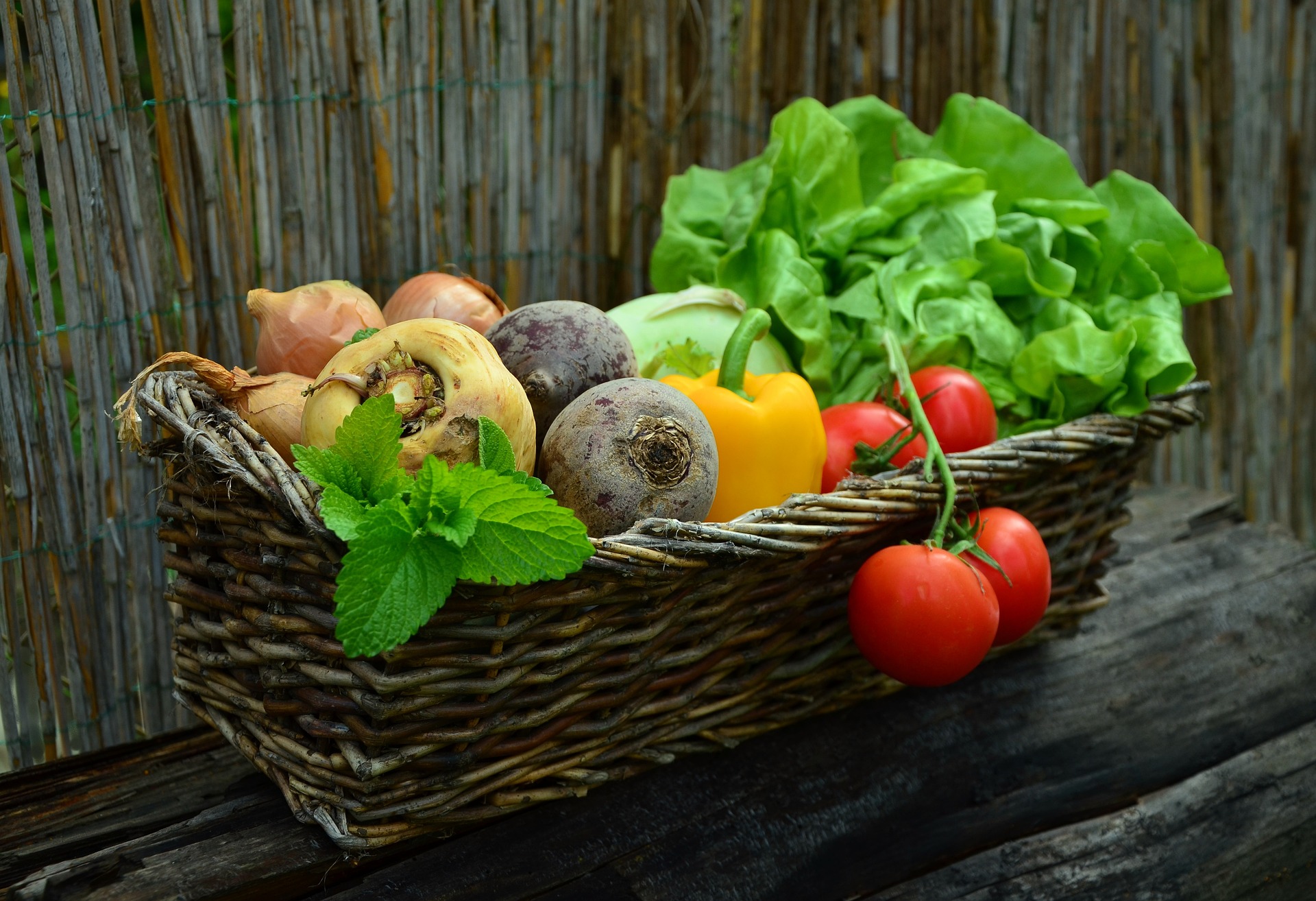In winter, it is often challenging to find fresh food. People often resort to products from abroad or frozen foods. But this does not have to be the case. While the selection of fresh Austrian vegetables is smaller in the winter than in the summer, plenty of healthy vegetables are harvested in the winter. Even a quick look at the seasonal calendar in January reveals that fresh vegetables are also available during the winter.
In January, the mushroom is in season. It is a very figure-friendly vegetable with only 15 kcal and 0.3 g fat per 100 g. In addition, mushrooms are rich in sunshine and vitamin D, which most Austrians have too little, especially in the cold season.
Another vegetable on the January list is chicory. Did you know that you must always store chicory in the dark, so it does not become bitter? By the way, the main growing areas of vegetables are France, Belgium and the Netherlands. Chicory contains mainly vitamin C, potassium, calcium and phosphorus.
Lamb’s lettuce – the king of lettuce varieties – is also in season in January. It contains twice as much vitamin C as a head of lettuce. This is especially beneficial for the utilization of the iron it also has, as vitamin C increases iron absorption. In addition to iron and vitamin C, lamb’s lettuce contains vitamin A and folic acid.
Leeks, also have a high content of dietary fibre inulin. Due to the taste of leeks, it is not difficult to determine that they are related to wild garlic, garlic and spring onions. Another exciting thing about leeks is that all parts are edible – from the root tip to the leaves.
Parsnips, which are also in season in January, have a high potassium content of 523 mg per 100 g. Potassium is essential because it contributes to normal muscle and nervous system function. Did you know that, from a purely botanical point of view, parsnip is a cross between carrot and parsley?
Brussels sprouts – are probably the most controversial type of cabbage because some love it and others hate it. This vegetable brings to 100 g only 4 g of carbohydrates and 4.4 g of fibre. Brussels sprouts can score not only with nutrients but also with the content of minerals: it contains large amounts of potassium, fluorine, folic acid, magnesium and zinc.
Savoy cabbage is another popular winter vegetable. It contains high amounts of vitamins C and E. Care must be taken when cooking, as much of the vitamin C content is lost if cooked too long.
Thanks to storage, in addition to potatoes and salsify, fruit varieties such as apples and pears can be consumed in January.
So you don’t necessarily have to resort to vegetables and fruits from warmer countries in the winter. Enjoy winter vegetables this January and support your regional farmers!
- hp/picture: Bild von congerdesign auf Pixabay
This post has already been read 3199 times!



